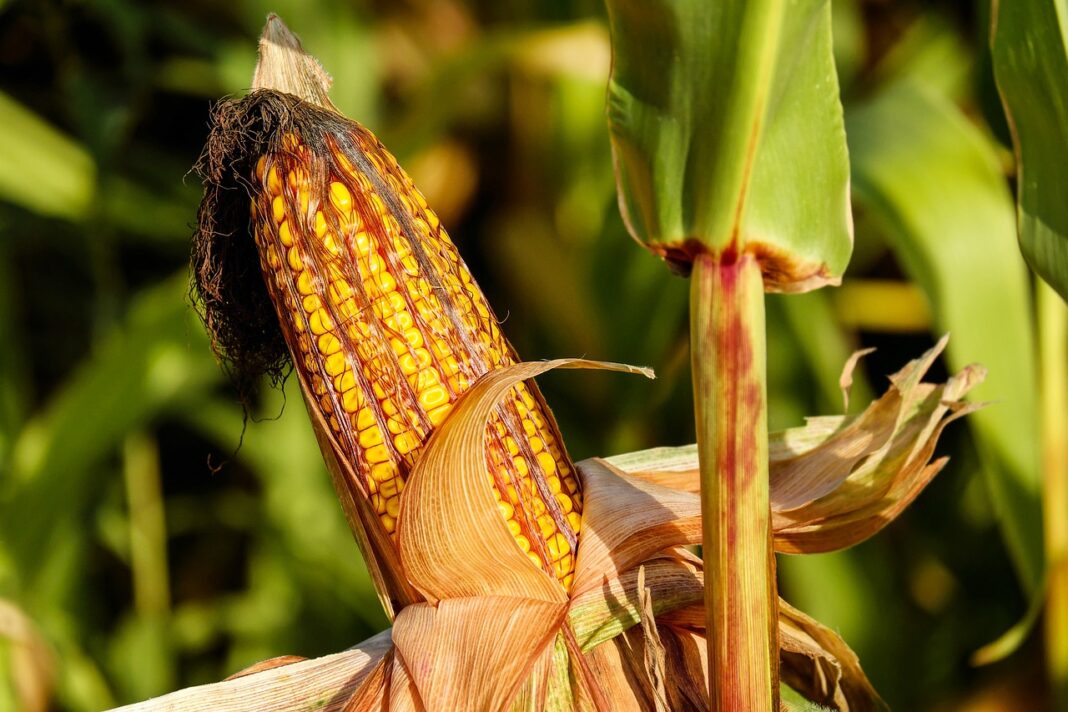Porto Alegre, October 29th, 2024 – In our newsletters, we have assessed the greater probability of a global concentration of demand for US corn in the first half of 2025. Brazil, Argentina and Ukraine could have more difficulty meeting global purchases due to supply. Higher US exports lead to cuts in stockpiles, which helps prices to move out of the USD 4.00/bushel level. Besides this condition, the increase in export taxes in Russia for wheat shows the possibility of greater volatility in this commodity in the coming few months, with repercussions for corn.
The flow of sales of US corn at the beginning of the local business year of 2024/25 is 9.0 mln tons above the same rate in 2023/24, already reaching 23.5 mln tons. The projection for the business year is 59 mln tons, compared to 58.2 mln in the previous year.
The surprise for the last two weeks has been the entry of Mexico, the largest buyer of US corn, with heavy imports, totaling almost 5.0 mln tons. The movement is not unusual, but the more aggressive tone of purchases shows how much importers may be short-supplied in the short term and the impacts on international trade flows. Other buyers continued to get supplies from the same source, leading to weekly sales figures of 3.6 mln tons, the highest since 2021.
This movement is helping prices on the Chicago Board of Trade to contain the natural adjustment movement of a harvest that was 65% complete last week and is one of the fastest in history. The remaining area of 35% to be reaped may still cause some pressure on prices in November, as is natural given the significant volume.
In any case, this environment of greater demand for US corn has already been mentioned in our editions, tending to be a normal movement given the conditions of other exporters. Brazil is having difficulty shipping more than 40 mln tons this business year, down 15 mln from 2023. This difference, of course, needs to be covered by another exporter. Ukraine has a smaller crop this year and will have difficulty maintaining last year’s selling pace, with projected shipments of only 23 mln tons. Argentina showed a loss of production due to pests in 2024, with availability falling by 10 mln tons. Therefore, global demand sees prices on the CBOT at an average level, premiums within a normal range, high availability, and its purchases are more concentrated on US corn. This is a normal and expected scenario.
The risks are more pronounced, however, for the first half of 2025. Ukraine and Brazil will not have the volumes to meet exports in the first half of the year. Argentina has seen a 20% reduction in planted area and a high risk of a new incidence of the pests on crops, which could now reach Buenos Aires. The Argentine crop could be a disaster if the problem is not controlled and reaches the largest corn-growing province in the country. Lower Argentine exports would lead to greater demand for US corn and the start of the 2025 Brazilian second crop.
Therefore, depending on this pace of weekly sales, USDA may be inclined to change its annual export projection upward, with a potential reduction in final stocks in 2025. The chances of corn returning to the level of USD 4.50/bushel or even more after the US harvest are quite clear. There are other points of attention, such as oil, which influences demand in the ethanol segment and prices. Wheat also worries. Russia raised its wheat export tariff again this month and should maintain this pace of highs in the coming few months, restricting the volumes destined for exports. In this case, would some correction in international wheat prices be possible? With effects on the price of corn?
Observing the climate situation in Argentina, the flow of US exports and the wheat price scenario in the Black Sea will be the fundamental combination for determining prices until the 2025 crop in the US, which should once again recover planted area.
Safras News

